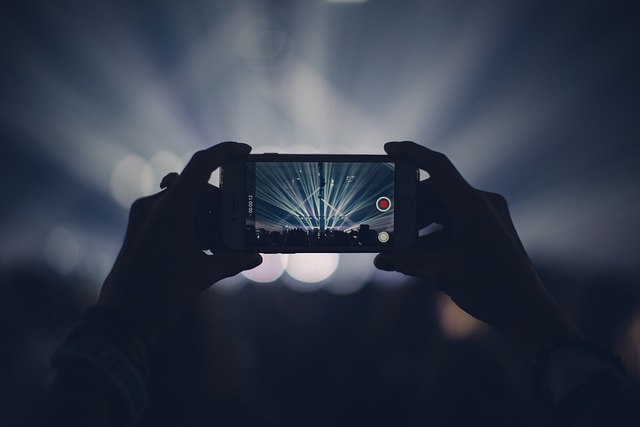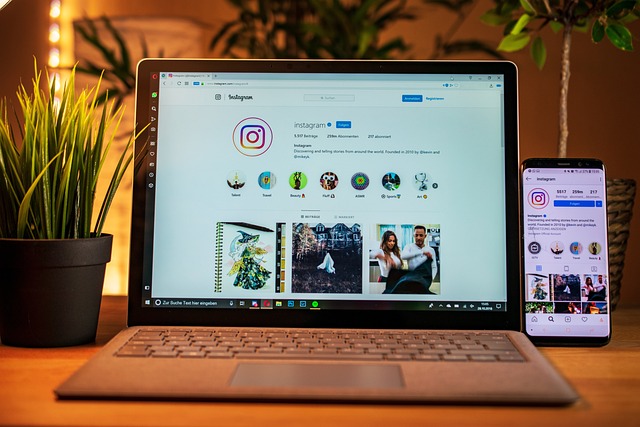Mastering Your Shots: The Ultimate Guide to Using a Monopod for Video Recording
In the world of video recording, achieving stability and maintaining smooth movements can spell the difference between amateur and professional-quality footage. If you’ve ever felt the frustration of shaky camerawork during a crucial shoot, you’re not alone. Fortunately, there’s a versatile tool that can transform your video recording experience: the monopod. Whether you’re an aspiring filmmaker or a seasoned videographer, mastering the use of a monopod can elevate your filming game to new heights.
What is a Monopod?
A monopod is a single-legged camera support device that provides stability without the cumbersome structure of a tripod. Contrary to what many believe, a monopod isn’t just a less-stable version of a tripod; it offers significant advantages for specific video recording scenarios where flexibility and mobility are key.
Why Choose a Monopod?
The beauty of using a monopod lies in its practicality. Here are some reasons why incorporating a monopod into your gear can make all the difference:
- Portability: Monopods are lightweight and easy to carry, making them perfect for outdoor filming or situations where you need to be quick on your feet.
- Versatility: With a monopod, you can shoot from various angles and heights easily, allowing for dynamic shots that enrich your storytelling.
- Stability: A monopod provides enough support to minimize shakes while still allowing for fluid movement, capturing smoother motion shots compared to handheld recording.
Choosing the Right Monopod
Selecting the right monopod can significantly impact your shooting experience. Here are a few key factors to consider:
- Weight Capacity: Make sure the monopod can support your camera’s weight plus any additional gear.
- Height Adjustment: Look for models with adjustable heights to achieve the best angles for your shots.
- Material: Choose a monopod made from durable material, such as aluminum or carbon fiber, which can handle outdoor conditions without adding excessive weight.
Tips for Using a Monopod Effectively
Once you have your monopod in hand, it’s time to put it to work. Here are some practical tips to help you master your shots:
- Stance: Stand with your feet shoulder-width apart for stability. This base will help you manage the weight and balance of the monopod effectively.
- Anchor It: If possible, create an anchor point by pressing the monopod’s base into the ground. This will stabilize your shots even further.
- Use Your Body: Lean the monopod against your shoulder or body to reduce fatigue and keep the camera steady while shooting.
- Practice Panning: Use slow, deliberate movements to pan your shots, allowing the monopod to glide smoothly and catch moments in an elegant flow.
Common Applications for Monopods in Video Recording
Monopods are not just versatile; they are also indispensable in various filming environments. Here are some applications where a monopod shines:
- Events: Capture weddings, concerts, and parties with the mobility a monopod provides while maintaining stable footage.
- Travel: Perfect for vloggers and travel enthusiasts aiming to shoot on the go, providing stability without the burden of heavy gear.
- Interviews: Easily adjust the height and angle of the camera for dynamic interview setups while maintaining an unobtrusive presence.
Embarking on your journey with a monopod can transform your approach to video recording. By incorporating this practical tool into your shooting routine, you’ll be well on your way to producing smoother, more engaging video content. So, grab your monopod and take your video recording to the next level!




